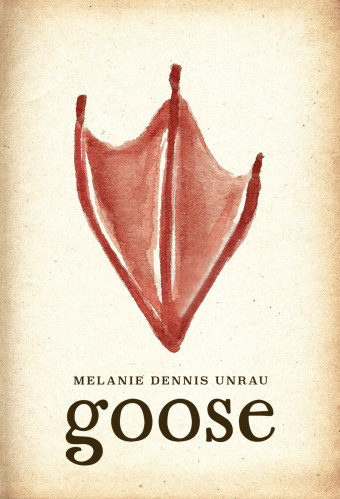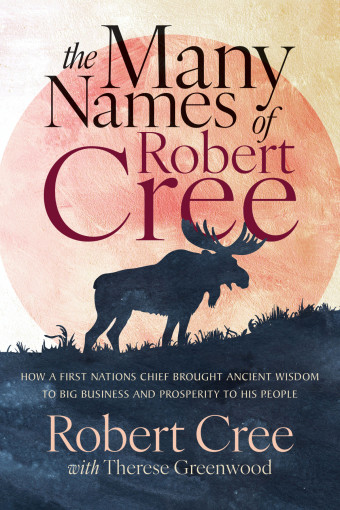With the publication of Rooster Town: The History of an Urban Métis Community, 1901–1961, authors Evelyn Peters, Matthew Stock, and Adrian Werner have produced the most comprehensive account to date of the marginal Métis community that occupied the bush terrain of southwest Winnipeg from 1901 to 1961.
Rooster Town was established on the present-day location of the Grant Park Shopping Centre and environs, and consisted of an assemblage of modestly constructed lean-tos and shacks. While residents paid property taxes to Winnipeg, they received no city services like water or electricity in return.
As to how the Métis settlement came to be, Peters says, “The records suggest that household heads forming the early nucleus of the community were part of the segment of the Red River Métis who had been dispossessed of their lands and lived in deep poverty as agricultural labourers. The establishment of a largely Métis community on the city fringes likely provided some shelter from attitudes and behaviours at the time, while giving access to the urban economy and services such as education.”

- Rooster Town
- Evelyn Peters, Matthew Stock, Adrian Werner
- University of Manitoba Press
- $27.95 Paperback, 248 pages
- ISBN: 978-08-87558-25-2
The formation of Rooster Town shows how the Métis adapted to take part in city life while maintaining their own community to shelter themselves from the racism and prejudice of the time.
“I wouldn’t classify this as active resistance to colonialism/racism,” Peters says, “but, in trying to find a better future for themselves and their families, Rooster Town residents did challenge existing attitudes and expectations.”
The origin of the community’s colourful appellation is still somewhat shrouded in mystery, Peters says.
“One popular explanation is that it reflected the chickens that everyone owned and that ran around the bush, but Frank Sais, who grew up in Rooster Town, said he almost never saw chickens there. Another is that transients sometimes rested or ‘roosted’ there. The first recorded instance of that name was in a 1909 newspaper article, and it was known to settlers and residents, so we settled on that because it was the most widely recognized.”
The historical reconstruction was extremely time-consuming, taking over four years to amass, but it was necessary work, bringing Métis urban history to light.
“Virtually no research has been conducted that addresses the history of Métis people in cities. Work on Indigenous people and municipal colonialism has focused entirely on First Nations people. Métis peoples’ experience was very different and we wanted to explore one aspect of those experiences,” Peters says.
Peters, Stock, and Werner are not Métis, so they are careful to articulate the reasons they undertook this work. First, there was a certain urgency to get started while there were still people alive who had lived in Rooster Town.
Second, because it was expensive and time-consuming research, it helped that Peters, a mature scholar, had the resources to hire researchers and pay for documents.
But Peters and her colleagues were sensitive to the risks of cultural appropriation.
“Although we do use the available socio-economic and demographic [data] to suggest motives and strategies, we are not attempting to provide insights into Métis or Rooster Town cultures,” Peters says.
“We believe that perspective is appropriately left to Indigenous scholars.”













